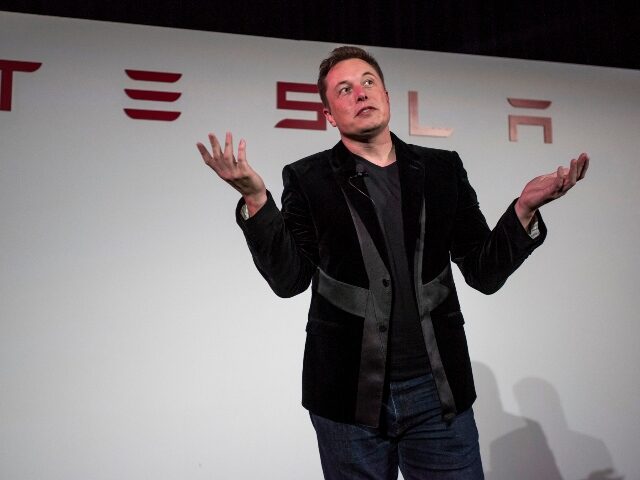Fatal Tesla Crash Highlights Limitations of Elon Musk’s Full Self-Driving Technology

A tragic Tesla accident in Arizona has raised concerns about the safety and readiness of Elon Musk’s Full Self-Driving (FSD) system, as the company pushes forward with plans to launch a driverless taxi service.
Bloomberg reports that in November 2023, a fatal collision involving a Tesla Model Y equipped with the company’s Full Self-Driving (FSD) system claimed the life of Johna Story, a 71-year-old grandmother, on an Arizona interstate. The incident, which is the first known pedestrian fatality linked to Tesla’s driving system, has prompted an ongoing federal investigation into whether FSD poses an unacceptable safety risk.
The crash occurred when the Tesla, driven by Karl Stock, was traveling at 65 miles per hour and failed to slow down or avoid a collision with Story, who was assisting at the scene of an earlier accident. Despite the presence of multiple stopped vehicles and a person waving a safety vest to alert oncoming traffic, the Tesla maintained its speed until the last moment, swerving left just before striking Story head-on.
This tragic event has brought into question the capabilities and limitations of Tesla’s FSD technology, which relies heavily on cameras for perception, unlike many other autonomous driving systems that also incorporate radar and lidar sensors. Tesla CEO Elon Musk has defended the company’s camera-based approach, claiming that it can handle challenging conditions like sun glare and low-light environments. However, experts in the field have expressed concerns about the lack of redundancy and the potential vulnerability of camera-only systems.
The incident has also raised questions about Tesla’s aggressive push to deploy driverless vehicles, with the company planning to launch a robotaxi service in Austin, Texas, later this month. The National Highway Traffic Safety Administration (NHTSA) has sent a letter to Tesla requesting details about the company’s plans, including information on the driving systems, sensors, and safety measures in place to handle reduced visibility conditions.
Critics argue that Tesla’s confidence in its FSD technology may be premature, given the recent crashes and the lack of a diverse sensor suite compared to competitors like Waymo. While cameras offer cost advantages, the reliance on a single type of sensor has been called into question by industry experts who emphasize the importance of redundancy in autonomous driving systems.
The fatal Arizona crash has also brought attention to Tesla’s marketing and communication practices surrounding its driving assistance features. The NHTSA has previously warned the company about the potential risks of promoting FSD’s capabilities without adequately cautioning users about proper use and the need for driver attentiveness. Tesla’s recent social media posts, which have encouraged hands-off driving and suggested that steering wheels may “collect dust,” have raised concerns among safety advocates.
Read more at Bloomberg here.
Lucas Nolan is a reporter for Breitbart News covering issues of free speech and online censorship.